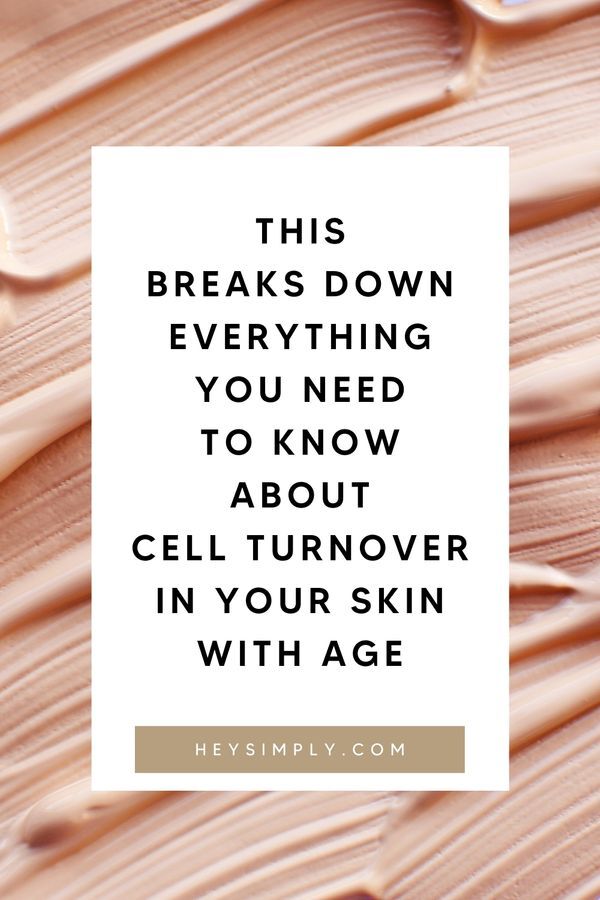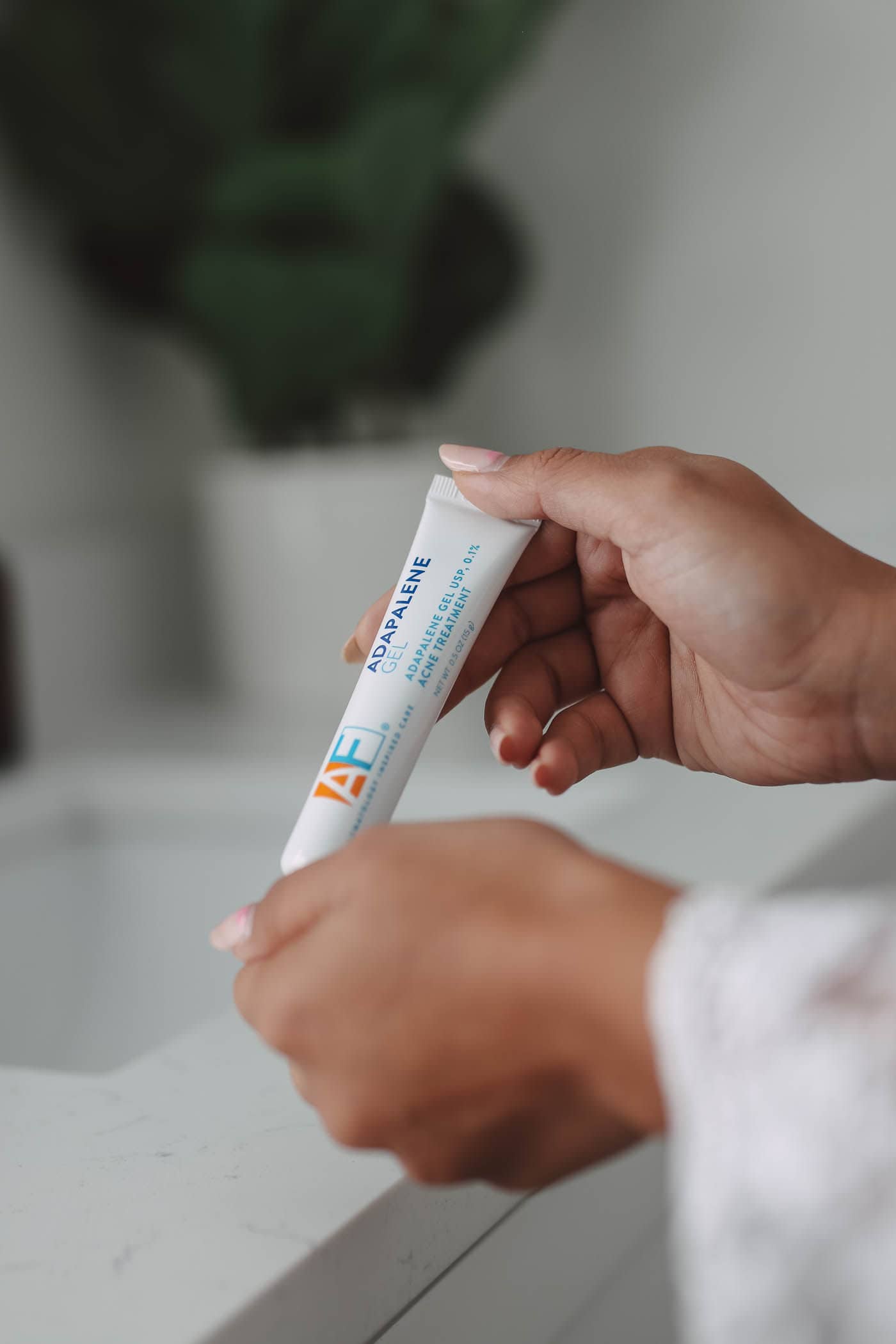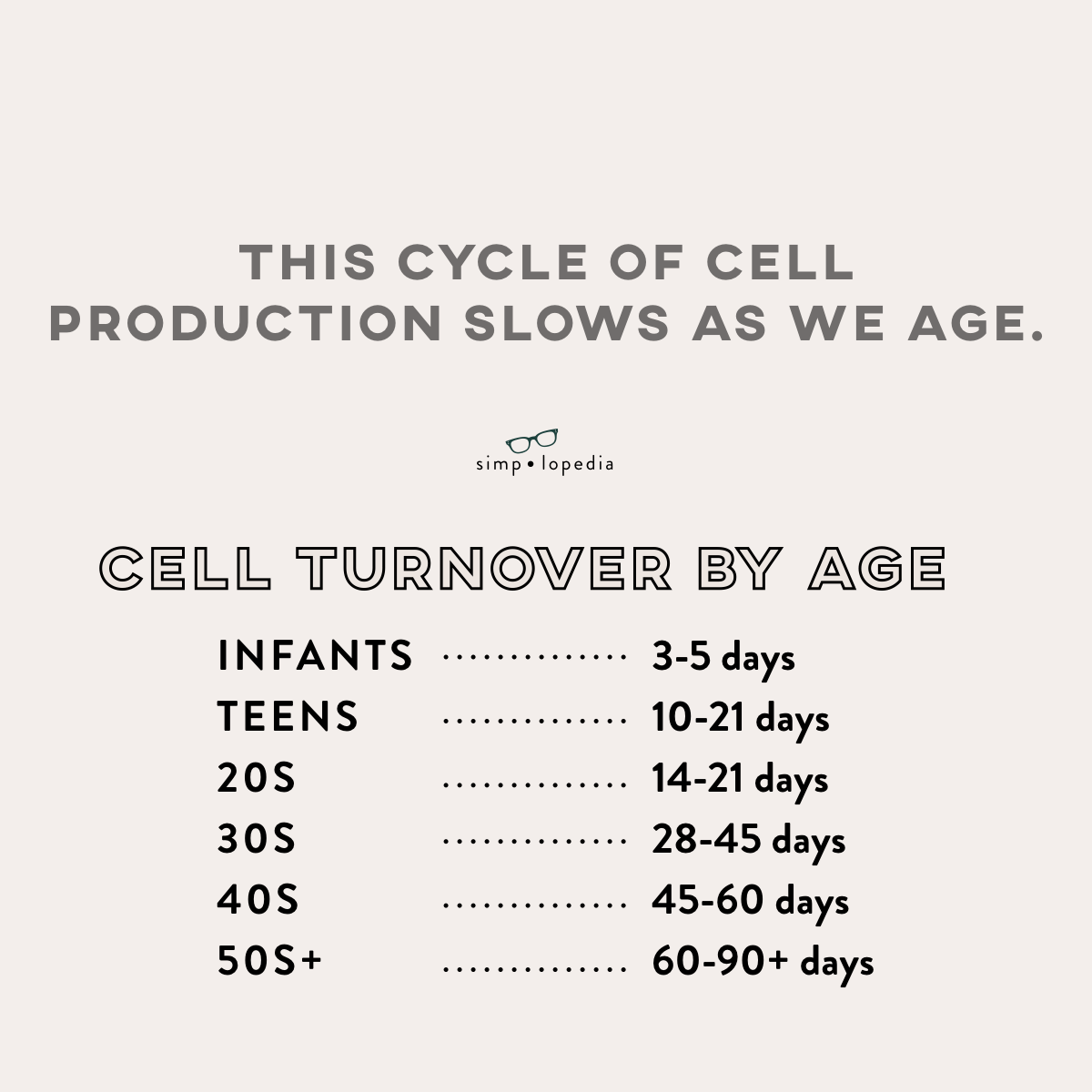Like your hormonal cycle and your sleep cycle, your skin also has its own cycle. Every single day we put our skin through UV radiation, chemical products (makeup), and temperature changes. By doing so, we are damaging our skin cells at alarming rates. The good news is that our bodies know that this happens and our skin cells need to be replaced.

Wanna know what makes up the top layer of your skin? Warning: It’s kinda gross – it’s 20-30 layers of dead skin cells. I’ll explain: Your body continually produces new skin cells and those cells will migrate towards the surface as time goes on and begin a process called Keratinization. This is when keratin (a protein) is deposited into a cell and basically kills the cell. That’s what we see on the surface. Eventually, new skin cells arrive at the skin’s surface and push older cells out this is called cell turnover.


The cell turnover rate or the cell renewal factor is how quickly this process happens and it actually changes throughout your life. The chart I created below explain show cell turnover changes by age.
WANT MORE SKINCARE? GET MY FREE GUIDE

The good news is that we can actually speed up this process. One way of doing this is by using Adapalene Gel 0.1% like Acne Free. Adapalene is technically a retinoid and works to treat acne by affecting the growth of cells. Retinoids help slow down the accumulation of dead skin cells in pores which is the main contributor to breakouts. I know what you’re thinking, retinoids are great but they are known to irritate the skin. Studies have shown that compared to other retinoids, Adapalene causes less irritation to the skin.

Up until recently, Adapalene Gel was a prescription-only option in the US but is now available over the counter. Acne Free Adapalene Gel 0.1% is available on Amazon.com, Walmart, and Walgreens.













